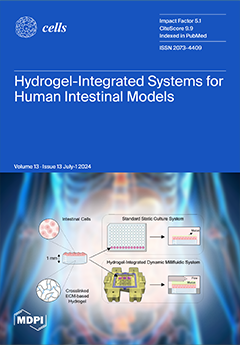The extensive metabolic diversity of microalgae, coupled with their rapid growth rates and cost-effective production, position these organisms as highly promising resources for a wide range of biotechnological applications. These characteristics allow microalgae to address crucial needs in the agricultural, medical, and industrial
[...] Read more.
The extensive metabolic diversity of microalgae, coupled with their rapid growth rates and cost-effective production, position these organisms as highly promising resources for a wide range of biotechnological applications. These characteristics allow microalgae to address crucial needs in the agricultural, medical, and industrial sectors. Microalgae are proving to be valuable in various fields, including the remediation of diverse wastewater types, the production of biofuels and biofertilizers, and the extraction of various products from their biomass. For decades, the microalga
Chlamydomonas has been widely used as a fundamental research model organism in various areas such as photosynthesis, respiration, sulfur and phosphorus metabolism, nitrogen metabolism, and flagella synthesis, among others. However, in recent years, the potential of
Chlamydomonas as a biotechnological tool for bioremediation, biofertilization, biomass, and bioproducts production has been increasingly recognized. Bioremediation of wastewater using
Chlamydomonas presents significant potential for sustainable reduction in contaminants and facilitates resource recovery and valorization of microalgal biomass, offering important economic benefits.
Chlamydomonas has also established itself as a platform for the production of a wide variety of biotechnologically interesting products, such as different types of biofuels, and high-value-added products. The aim of this review is to achieve a comprehensive understanding of the potential of
Chlamydomonas in these aspects, and to explore their interrelationship, which would offer significant environmental and biotechnological advantages.
Full article






